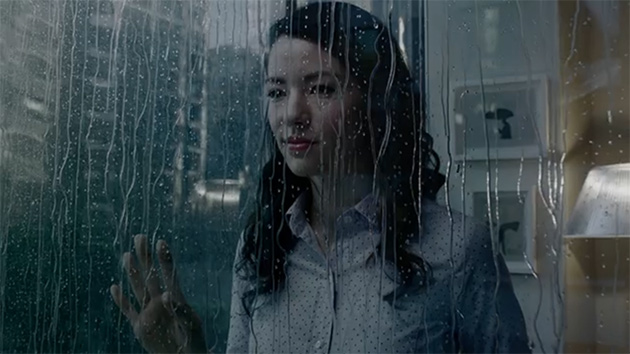News
Interview with colorist Mark Wilenkin on ACES workflow with Scratch
Mark Wilenkin is a DIT and colorist at Assimilate Scratch who uses ACES (Academy Color Encoding Specification) whenever possible for his on-set and final corrections. His recent work includes spots for Cadillac, Philip Morris International and PNC Bank; often in collaboration with cinematographer and sometimes director Paul Cameron. In this interview he explains the process, how it works and why he prefers it to LUT-based workflows (see the original interview here).
1. You perform color correction in ACES as often as possible. What is it that you like so much?
ACES is a solid foundation for cinematographers and colorists to start their base correction when working with RAW files from ARRI and Sony. Right out of the box it gives you a better view of the image on RAW material than the LUT-based workflows we are used to. ACES automatically adjusts the raw data from files based on the color temperature and ISO setting of the shot to the delivery color space.
Working with Arriraw files has the added advantage that one can adjust the color temperature and ISO value, unlike the F55 which sets the ISO and color temperature at the time of recording. The obvious benefit is that it allows you to time the “bath-digital”, so you can really blow up or fine tune the look as needed. Ultimately, the results look more like film – with higher density, richer blacks, better color separation, and lower image noise. You can use ACES with ProRes/Log-C material, although you would have to know from the production notes what the ISO and color temperature were recorded at the time, as the metadata does not come with the original material.
2. Does it matter which camera you are recording with, or which screen you use?
More and more manufacturers are supporting ACES in their cameras – such as the SonyF65/F55 and ARRI Alexa, and through their SDK developers such as ASSIMILATE can incorporate ACES into their color correction software. Other manufacturers offer an Image Device Transform (IDT) that you can download separately to convert RAW footage into the ACES color space.
It doesn’t matter what display is used as long as it is calibrated correctly and the target color space, such as P3 or Rec709, can be displayed accurately. Dolby and Eizo have some very good monitors, and there are new 4K displays coming to market from Panasonic that look absolutely stunning. What happened to Sony’s FED monitors…?
3. You mentioned ASSIMILATE, what do you like about working with ACES in Scratch?
ACES has integrated very well within Scratch and is very easy to use. The speed and quality of SCRATCH debayering is also impressive – just zoom in on a pixel to see the FAST Gerk Huisma algorithm and you’ll notice less noise! SCRATCH automatically knows the ISO and color temperature of the original RAW material, and lets me decide which profile to go for.
In the case of Arriraw, I can quickly create different versions of a shot, changing the ISO or color temperature settings, and quickly get to the foundation of the correction. I can then apply non-recursive corrections or use a different exposure of the shot to protect highlights, enhance detail in black or shadow areas, and I can copy and paste corrections between shots. The results are immediately there, on the calibrated Grade A monitor.
As for deliveries for editing and data archiving, I am able to deliver dailies transcoded and audio synced, with multiple secondary color corrections, while backing up to the main HDD and editing copy. I can also produce LTO5 tapes on the fly over the infiniband network, usually within an hour or after the “Martini” as they say.
4. What projects have you corrected at ACES?
I’ve been using ACES since February for a variety of on-set and final corrections on commercial spots for Cadillac, VW, Volvo, PNC Bank, Lexus and BMW. It’s a matter of preference, and open to debate, but I far prefer how ACES resolves the image on Alexa and Sony footage rather than using a workflow based on LUTs.
It would be appropriate to mention that in series, the obvious tendency to forgo the RAW workflow with preferences towards a less expensive LogC ProRes line can also have its disadvantages, especially if the production is using multiple cameras. It may also happen to be more expensive for the project’s post-production budget if producers are concerned about quality.
Until a new camera system, viewfinder and display technology are able to deliver more natural, film-like images, I will continue with this tried-and-true formula. And the results are fantastic.
*Click on the image above to see the Cadillac “Heads Up” ad.



